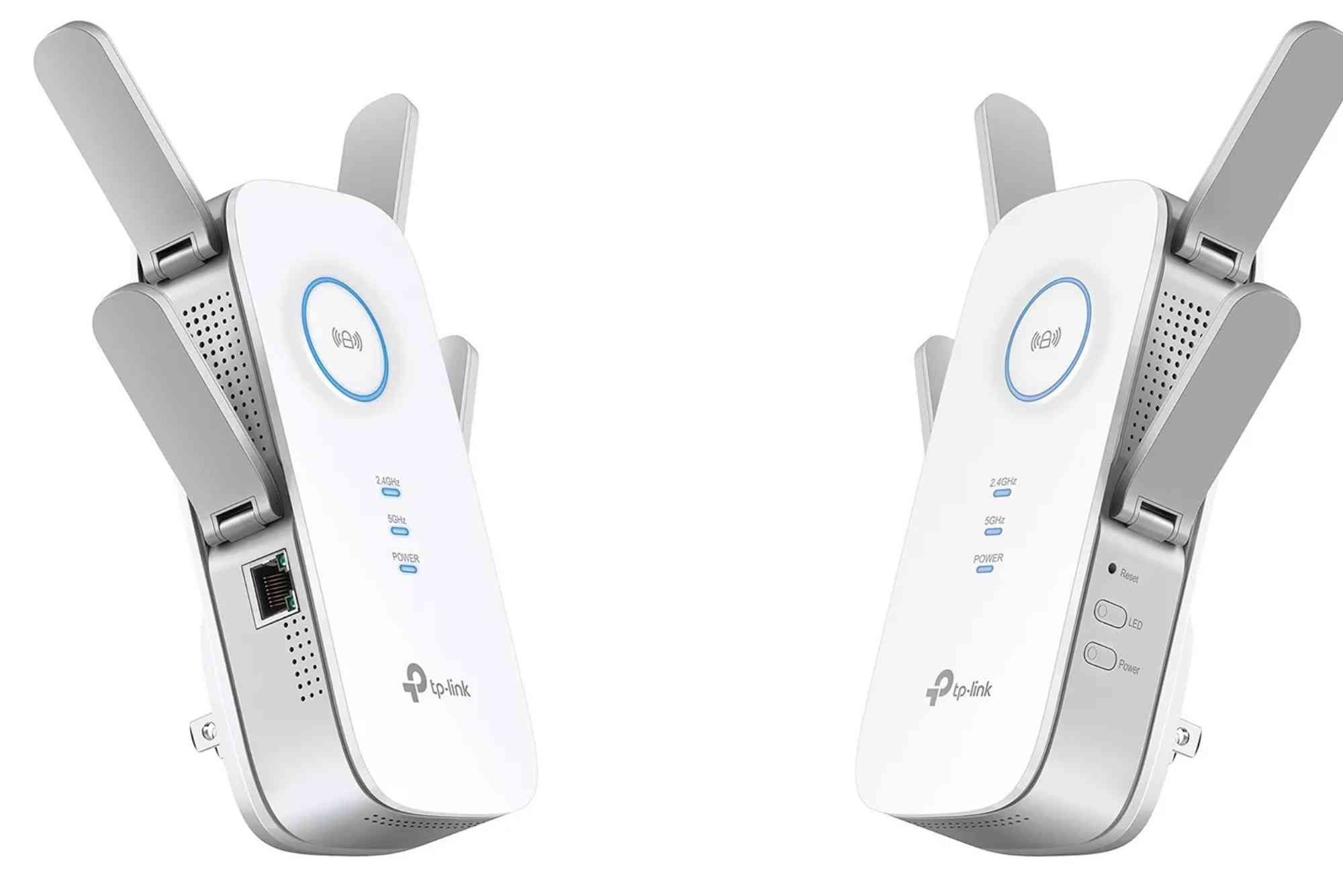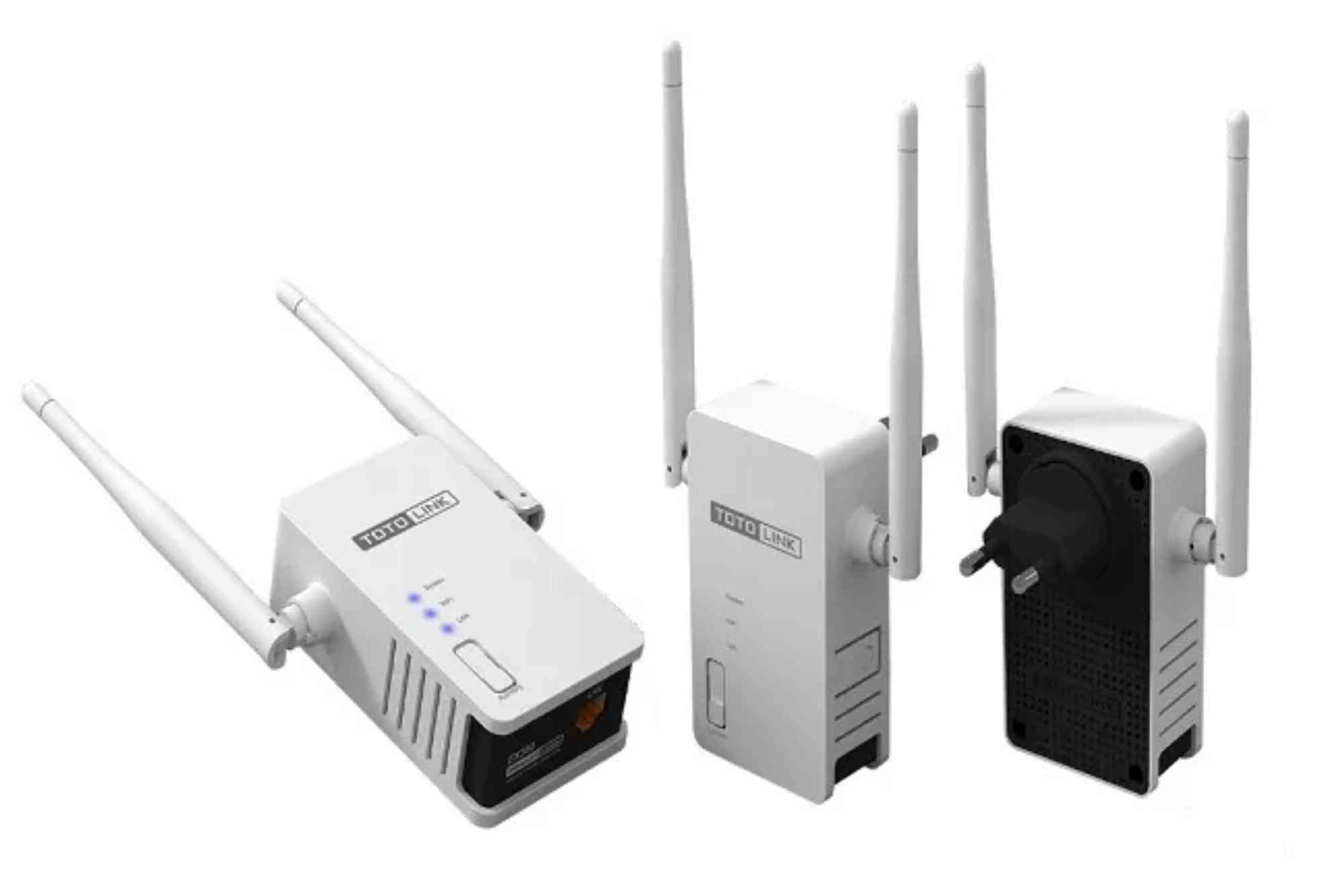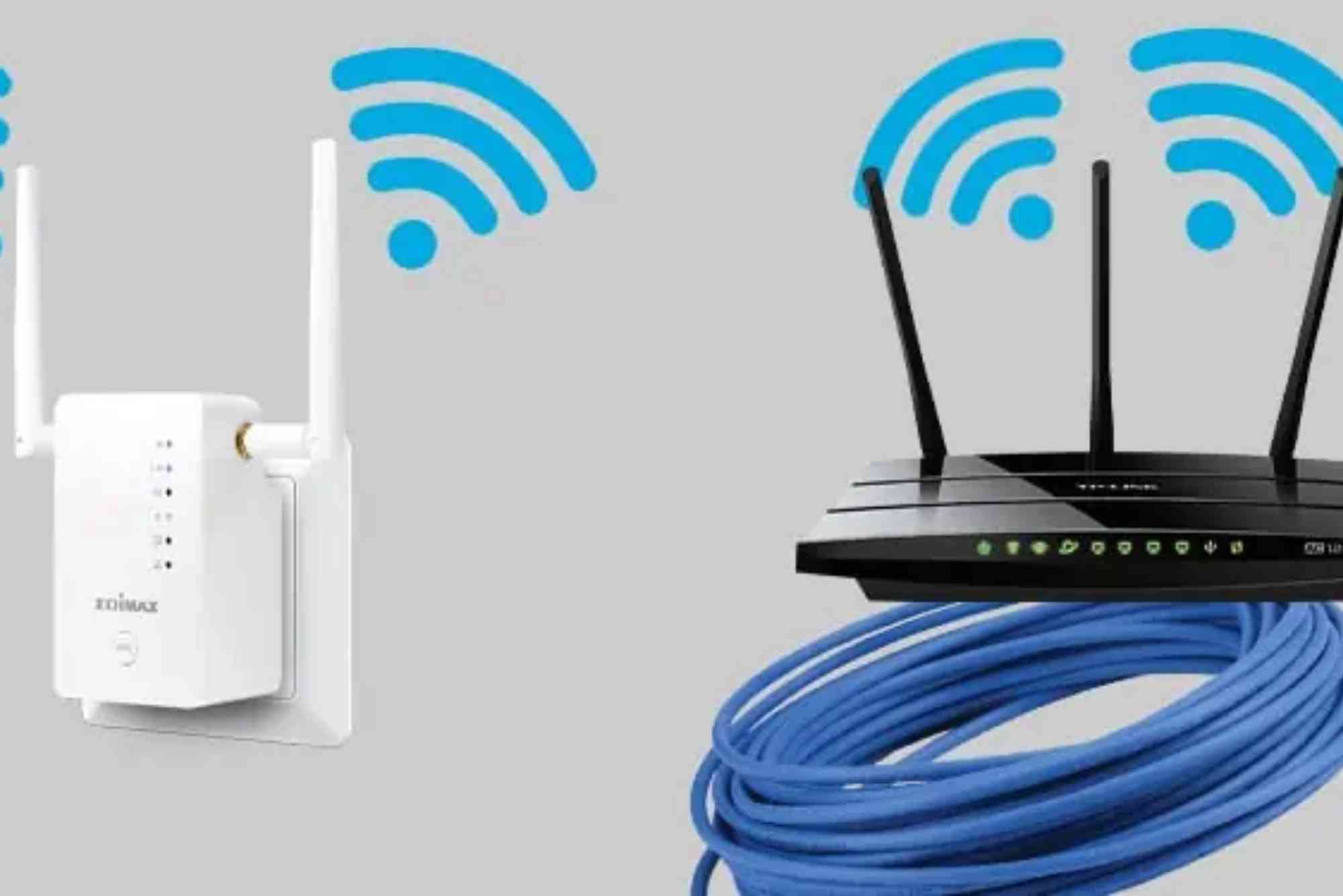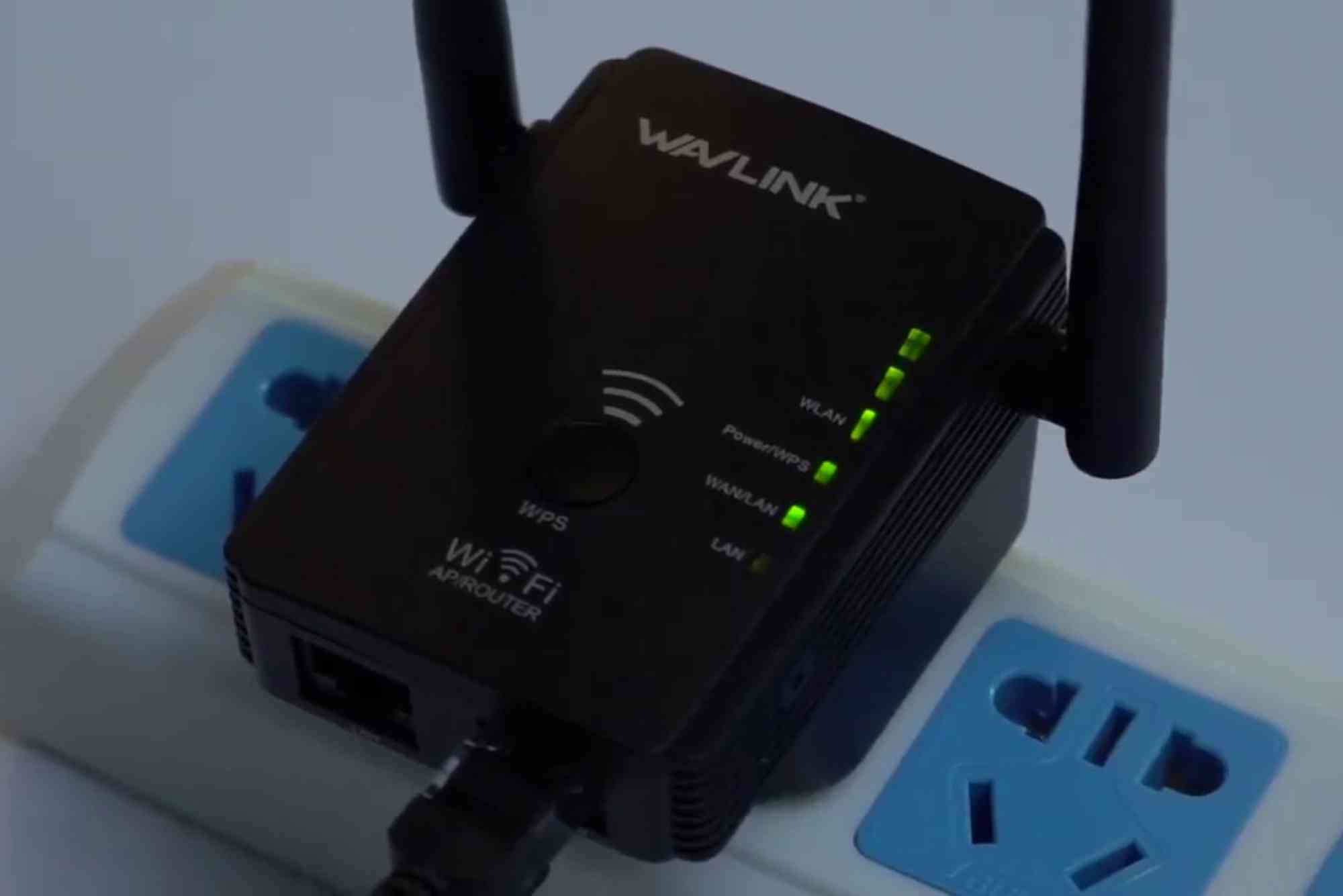Best Router for Small Apartments: Speed and Coverage Review
If you live in a small apartment, you might assume any Wi-Fi router will do the job. After all, limited space should mean fewer coverage issues, right? Unfortunately, that’s not always the case. Thick walls, interference from neighboring networks, and multiple connected devices can still cause frustrating slowdowns. Choosing the best router for small apartment living means balancing speed, range, and smart features to maximize performance in compact spaces.
This guide reviews everything you need to know about routers for small apartments, including speed, coverage, and essential features. By the end, you’ll know exactly how to choose the right model for smooth streaming, lag-free gaming, and reliable video calls—all without wasting money on overpowered or oversized equipment.
Why You Need the Best Router for Small Apartment
Even in smaller homes, poor Wi-Fi can ruin your experience. Smart TVs, phones, laptops, and even kitchen gadgets compete for bandwidth. A weak or outdated router simply cannot handle these demands.
The best router for small apartments offers three key benefits:
-
Consistent Coverage: You want every corner of your apartment covered, from the living room to the bedroom.
-
Faster Speeds: Streaming 4K videos or gaming online requires high bandwidth without constant buffering.
-
Better Device Management: Modern routers handle multiple connections without slowing down.
In short, the right router ensures you’re not wasting money on internet speeds you can’t actually use.
Factors to Consider When Choosing a Router for a Small Apartment
When shopping for the best router for small apartment living, don’t just pick the cheapest option. Several factors affect performance, even in tight spaces.
Internet Speed Compatibility
Your router should match the speed you pay your Internet Service Provider (ISP) for. For instance, if you subscribe to a 500 Mbps plan, a router limited to 300 Mbps will waste your bandwidth. Always choose a router that supports at least your ISP’s maximum speed.
Wi-Fi Standards (Wi-Fi 5 vs. Wi-Fi 6)
Modern apartments are full of smart devices. Wi-Fi 6 routers are designed to handle multiple gadgets simultaneously, offering lower latency and higher efficiency. Wi-Fi 5 routers are still decent for basic use, but Wi-Fi 6 provides better future-proofing.
Range and Antennas
In smaller apartments, you don’t need massive range extenders. However, strong internal antennas or external adjustable ones can help combat interference from walls and neighboring Wi-Fi networks.
Security Features
Small apartments often mean living in close proximity to others. That makes security vital. Look for routers with WPA3 encryption, guest network options, and automatic firmware updates to keep your data safe.
Ease of Setup and Management
User-friendly apps that allow you to monitor devices, set parental controls, or prioritize gaming traffic can make a big difference in day-to-day convenience.
Best Router Types for Small Apartments
Different router types suit different needs. Choosing the right one depends on your apartment layout and lifestyle.
Traditional Standalone Routers
These are the most common. For small apartments, a single, high-quality router often provides sufficient coverage without the need for extra extenders.
Mesh Systems
Although mesh Wi-Fi is usually marketed for larger homes, compact two-unit mesh kits can benefit small apartments with thick walls. They offer seamless roaming and eliminate dead zones.
Gaming Routers
If you play online games, consider a gaming router with Quality of Service (QoS) settings. This ensures your gaming traffic always gets top priority, preventing lag during matches.
Top Features to Look for in the Best Router for Small Apartment
When evaluating routers, prioritize features that directly enhance your small-space experience.
Dual-Band or Tri-Band
Dual-band routers operate on both 2.4 GHz and 5 GHz frequencies. Tri-band adds an additional 5 GHz channel, reducing congestion. In apartment complexes, tri-band routers can be especially useful.
MU-MIMO Technology
Multi-User, Multiple-Input, Multiple-Output (MU-MIMO) allows your router to communicate with several devices simultaneously, rather than one at a time. This boosts performance in device-heavy households.
Beamforming
Beamforming directs Wi-Fi signals toward your devices instead of broadcasting everywhere. This feature helps overcome interference in apartments with thick walls.
App-Based Control
Most modern routers offer apps for setup and monitoring. You can prioritize streaming, pause Wi-Fi for specific devices, or create guest networks with just a tap.
Common Challenges in Small Apartments and How Routers Solve Them
Even with a compact living area, Wi-Fi problems persist. Here’s how the best router for small apartment life addresses them:
Problem: Weak signals in bedrooms or kitchens
Solution: Beamforming and strong antennas extend signals effectively.
Problem: Neighbors’ networks cause interference
Solution: Tri-band routers reduce congestion by spreading devices across multiple bands.
Problem: Too many devices slowing down Wi-Fi
Solution: MU-MIMO and Wi-Fi 6 handle multiple connections without sacrificing speed.
Problem: Security risks from nearby strangers
Solution: Advanced encryption (WPA3) and guest networks keep your main Wi-Fi private.
Router for the Best Results
Even the best router won’t perform well if it’s poorly placed. Here are quick setup tips:
Positioning
Place your router in a central, elevated location. Avoid hiding it inside cabinets or behind TVs, as obstructions weaken signals.
Firmware Updates
Always update your router’s firmware. Manufacturers often release updates that improve performance and fix security flaws.
Band Steering
Enable automatic band steering so devices connect to the best available frequency without manual switching.
Reduce Interference
Keep your router away from microwaves, cordless phones, or Bluetooth devices that may interfere with the Wi-Fi signal.
Best Router for Small Apartment
Living in a small apartment doesn’t mean compromising on internet quality. The best router for small apartment life should combine strong coverage, fast speeds, and modern features like MU-MIMO, beamforming, and Wi-Fi 6.By choosing wisely, you’ll enjoy seamless streaming, smooth video calls, and secure browsing—without dead zones or constant buffering.
If you’re tired of poor performance, it may also be worth checking your internet plan. A reliable provider, such as Dhanote Internet Services, ensures your router delivers the speeds you’re paying for. Upgrade your small apartment experience today by investing in a router that matches your lifestyle. A little research now means years of frustration-free Wi-Fi ahead.
FAQs
What router speed do I need for a small apartment?
Most small apartments do well with routers supporting at least 500 Mbps. However, if you stream 4K content or game online, aim for 1 Gbps support.
Is a mesh router overkill for a small apartment?
Not always. If your apartment has thick concrete walls or multiple rooms, a two-node mesh system may provide better coverage.
Should I upgrade to Wi-Fi 6 for a small apartment?
Yes. Wi-Fi 6 handles multiple devices more efficiently and provides better speeds. It’s worth investing in for future-proofing.
Can I use my ISP’s router in a small apartment?
You can, but ISP-provided routers often lack advanced features. Upgrading to a high-quality router gives you more control and better performance.
How do I improve Wi-Fi coverage in my apartment without buying a new router?
Try repositioning your router, updating firmware, or adding a small range extender. These steps may improve performance without extra cost.








